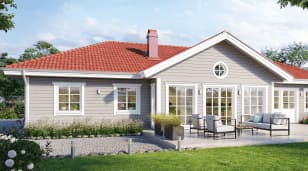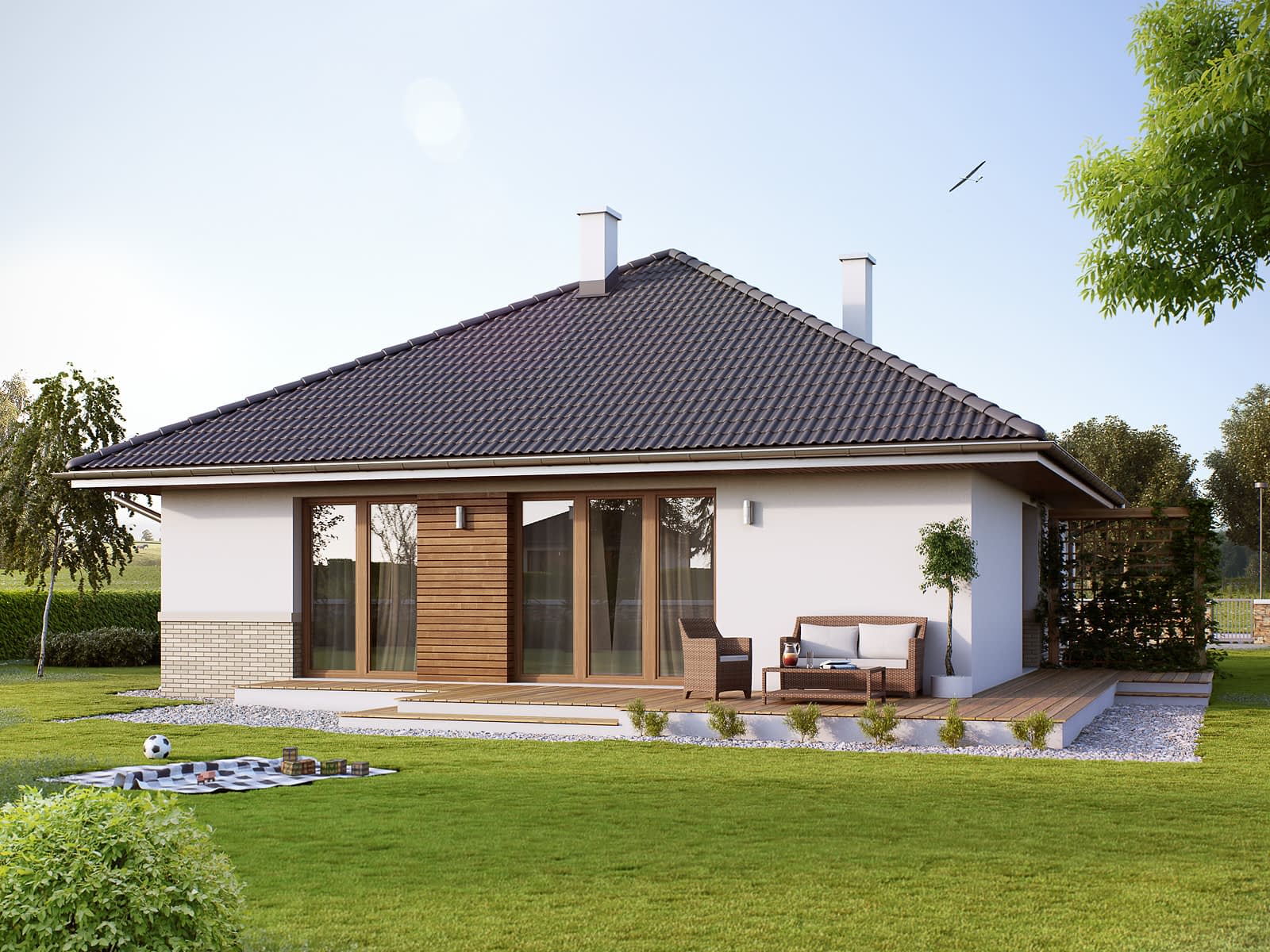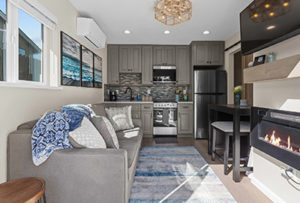





A link to download your FREE brochure will be in your inbox in 3 minutes



















The final price may vary based on project specifics.
To get a free accurate quote tailored to your needs, book a consultation with us today!

The price per square foot provided is an average and may vary depending on project-specific details such as materials, location, complexity, and other factors. Actual costs may differ from the average provided.
It is recommended to obtain a detailed quote based on the specific requirements of your project.

Please note that the monthly payment displayed on this page is an estimate and is subject to variation based on the selected loan product, applicants credit score, loan amount, and other financial details. Actual monthly payment may differ from the estimate provided.
It is recommended to seek advice from a financial advisor or loan officer to obtain precise payment information tailored to individual circumstances.
 Your Trusted
Local Contractor
Your Trusted
Local Contractor
An accessory dwelling unit (ADU) is a self-sufficient small home located on the same parcel as your primary residence. Each accessory dwelling unit must have functionality and comfort similar to a full-fledged house. It should have a dedicated sleep space, food preparation, and showers. Also, it has its entrance and, most of the time, separate sanitation facilities.
Before we learn more about ADU size regulations, let’s examine the reasons for constructing ADUs.
Constructing a new house and buying a new piece of land is a costly venture that typically takes several years. Thus, a more compact and less expensive accessory structure building is an excellent chance for many families in different cities and counties.
However, accessory dwelling units are more than just affordable housing options. They offer such benefits as:
Whether it’s because of frequent guest stays or distant relatives needing accommodations, it may be helpful to have an extra tiny home beyond your primary dwelling unit for housing one or more persons.
When belongings accumulate, and it becomes difficult to move around the garage due to the abundance of seasonal items, the existing primary residence may not be enough. In this case, you can store your items in part of an accessory dwelling unit.
Property owners can use accessory dwelling units to generate regular income. Despite the substantial cost of ADU construction, these units can pay for themselves. And once you’ve recouped the construction costs, you can always find another use for an ADU.
ADUs increase the overall property value. So, you can significantly raise your income when you sell the land. However, keep in mind that an ADU cannot be sold separately.
Since ADU size limits are usually contingent on the unit type, let’s examine the distinguishing features of different accessory dwelling units.
There are the following common types:
A detached residential dwelling unit is a fully independent unit. Homeowners typically build it in the backyard of the lot. The utmost advantage of this ADU project is the enhanced privacy of the dwelling.
An attached ADU is an accessory structure that shares at least one wall with the primary dwelling, even though it’s not an extension of an existing living area but rather an adjacent but self-contained small house.
ADU professionals may not only create an ADU from scratch but also transform an existing structure, such as your unused garage. This is a simpler and usually more cost-effective option because the building’s carcass is already present.
A junior accessory dwelling unit (junior ADU) is the smallest of all accessory dwelling units. It usually utilizes the garage or the existing space inside your home, like your cluttered attic or basement. Junior accessory dwelling units may share sanitation facilities with the main house if they’re located within it.
Now, considering all possible ADU types, we can discuss the minimum and maximum square footage permitted for tiny homes in your backyard.

California state law prescribes an ADU size limit. It states that all ADUs, no matter the type, should not be smaller than 150 sq. ft. However, there are possibilities to build smaller ones in several cases: for maintaining historical heritage, preserving the environment, or addressing unique architectural limitations. To do this, you’ll need to apply for a discretionary building permit, but the chances you get it are slim.
As for the room’s size specifically, ADU ordinances establish that the bedroom cannot be less than 70 sq. ft., the kitchen less than 50 sq. ft., and the bathroom less than 30 sq. ft. Thus, even if you build an ADU consisting only of these three rooms, you can receive a building permit.
ADU maximum size limits are more complicated than minimum size ones as they depend on the accessory dwelling unit type. This includes:
All in all, the ADU’s location with respect to the main house as well as the way of its construction severely affect its possible sizes.
In Sacramento, California, the most optimal ADU size is slightly under 750 square feet. This is big enough to build comfortable rooms, but small enough to be an exemption from strict building rules.
This way, when you construct an ADU under 750 square feet, you avoid harsh bulk and massing development limits like lot size requirements, lot coverage requirements, and open space requirements. Moreover, you don’t have to pay costly impact fees, which alleviates a part of the financial burden during construction.
Yet, before any construction has started, it’s always necessary to consult your builders and local planning department for any recent residential code amendments.
An accessory dwelling unit is a manufactured home that has not only size limitations but also other specifications.
The State Law of California regulates the number of ADUs allowed. Thus, a single-family dwelling can afford two ADUs: one detached or attached ADU and one JADU. As for multi-family dwellings, such areas will enable you to add two detached ADUs to your lot. Moreover, in some instances, you can also build one more attached ADU per four existing residential structures.
Besides, the conditions for receiving building permits are compliance with height, setback rules, and parking space requirements. The permitted height is 16 feet, while rear and yard setbacks are 4 feet. All existing accessory structures that are habitable should have adequate parking space.
To sum up, California state laws, local laws, and regulations play a huge role in determining the accessory dwelling unit size, layout, and location on the land. But in these frames, you have all the creative discretion to bring your vision to life!
Although ADU’s typical size is around 800 square feet, they can be as small as 150 sq. ft. So, if you only have one spare basement that you want to convert to a residential unit, you can easily do it! But don’t forget to create all the required rooms inside it.
Depending on your situation, you can dedicate a whole 1200 sq. ft. in your backyard to your ADU or only 150 sq. ft. within your existing single-family dwelling. Also, if you lack space on your lot, you can add a small attached unit to one side of your house.
An ADU is a residential unit built on a lot within an existing household. No matter if it’s a prefab ADU or a fully constructed one, an ADU should meet the local residential code and other ADU building rules in order to be legal. These rules include size restrictions, owner occupancy rules, specific design standards, and others.
As for the square footage of the main primary residence, typically detached ADUs do not count as parts of it. They are independent structures that do not influence square footage calculations for the main residence. However, we recommend applying to professionals to review local regulations for every aspect of ADU building and maintenance.
Yes, you can absolutely rent out your ADU in Sacramento. However, ADU homeowners should note that some local governments restrict property use for long-term rentals (longer than 30 days.) In this case, you cannot generate income from vacation rentals.
Get a First Look at Real ADU Projects